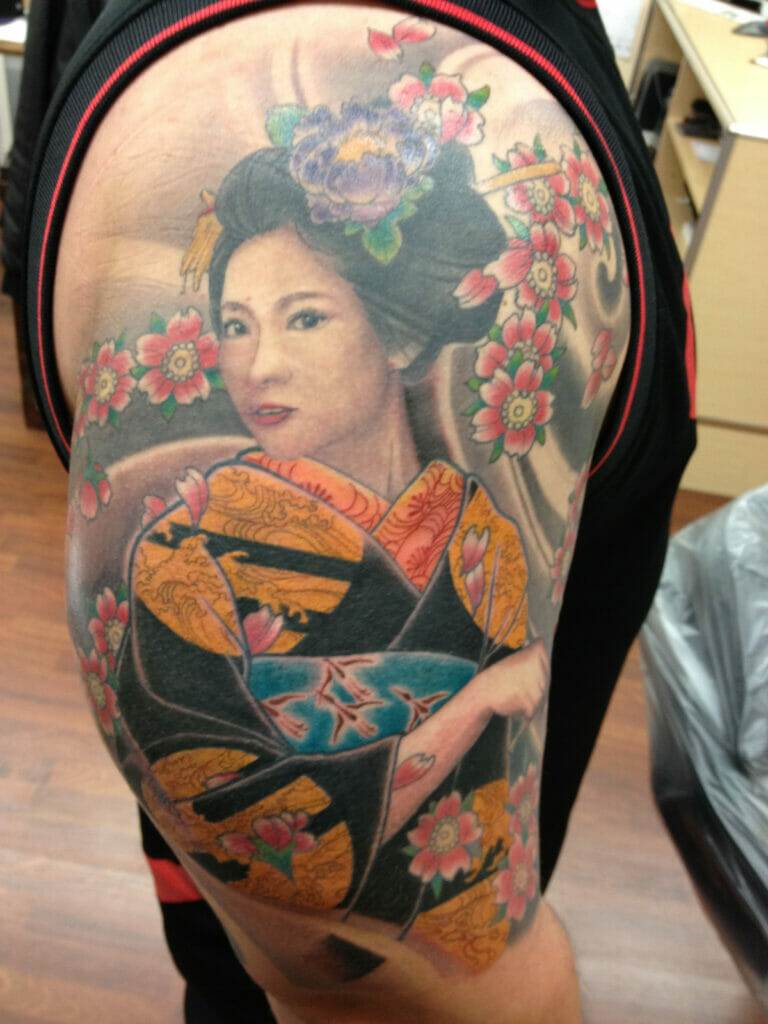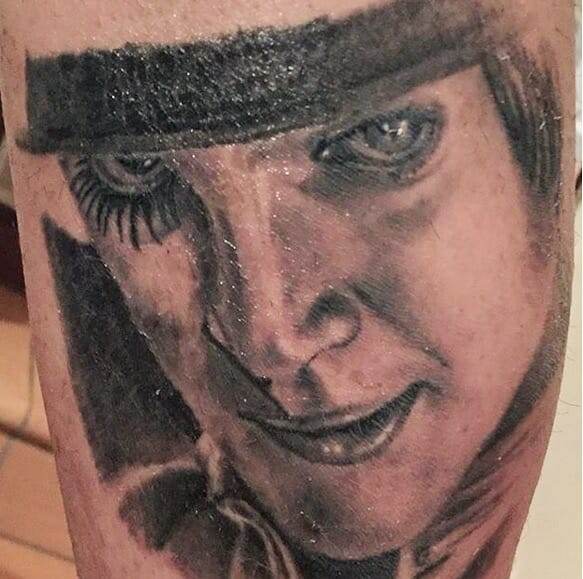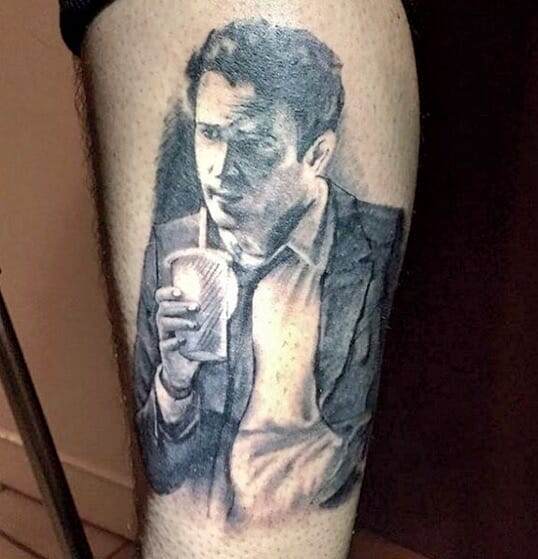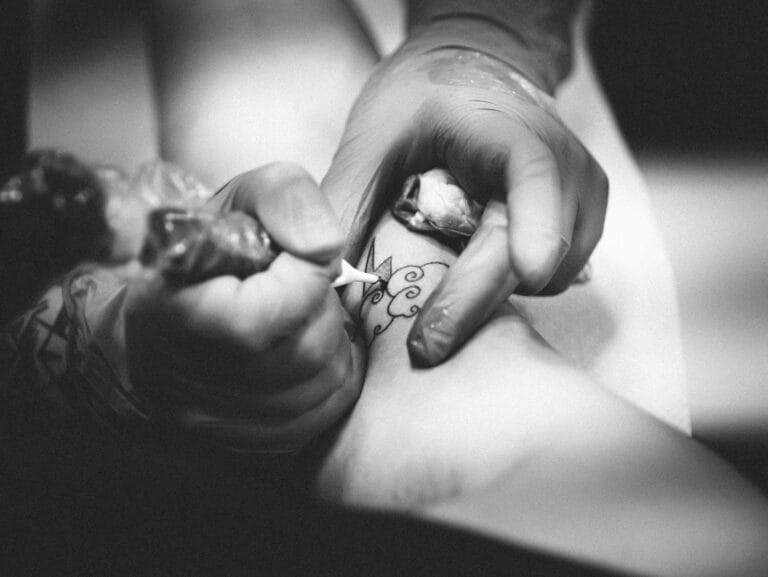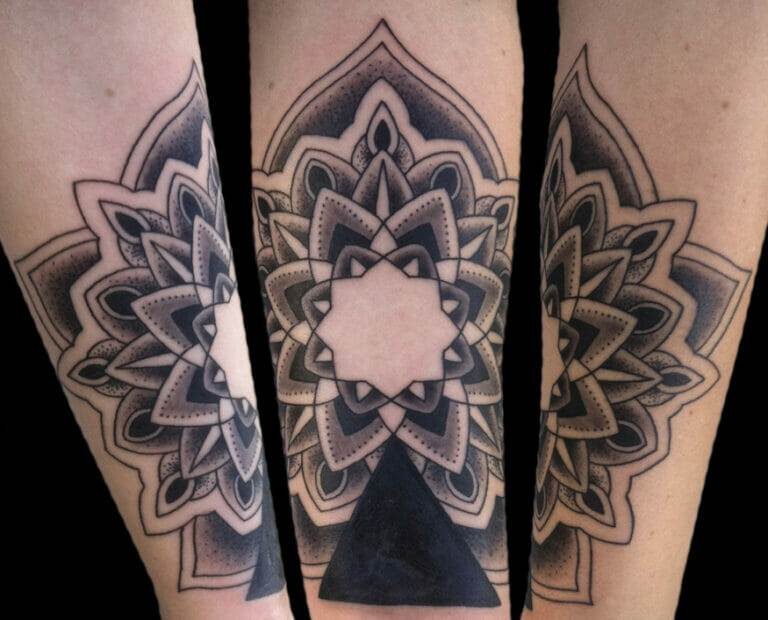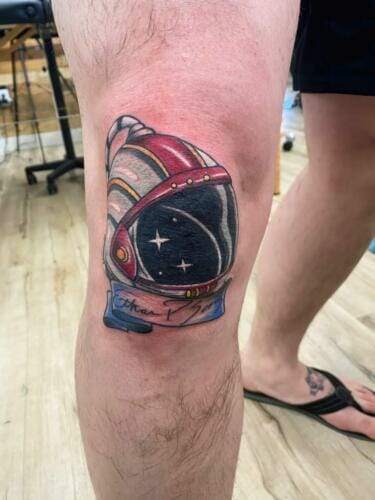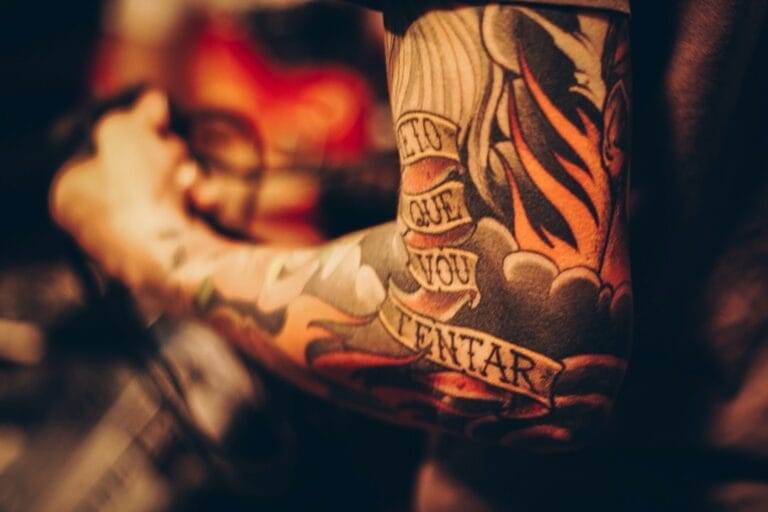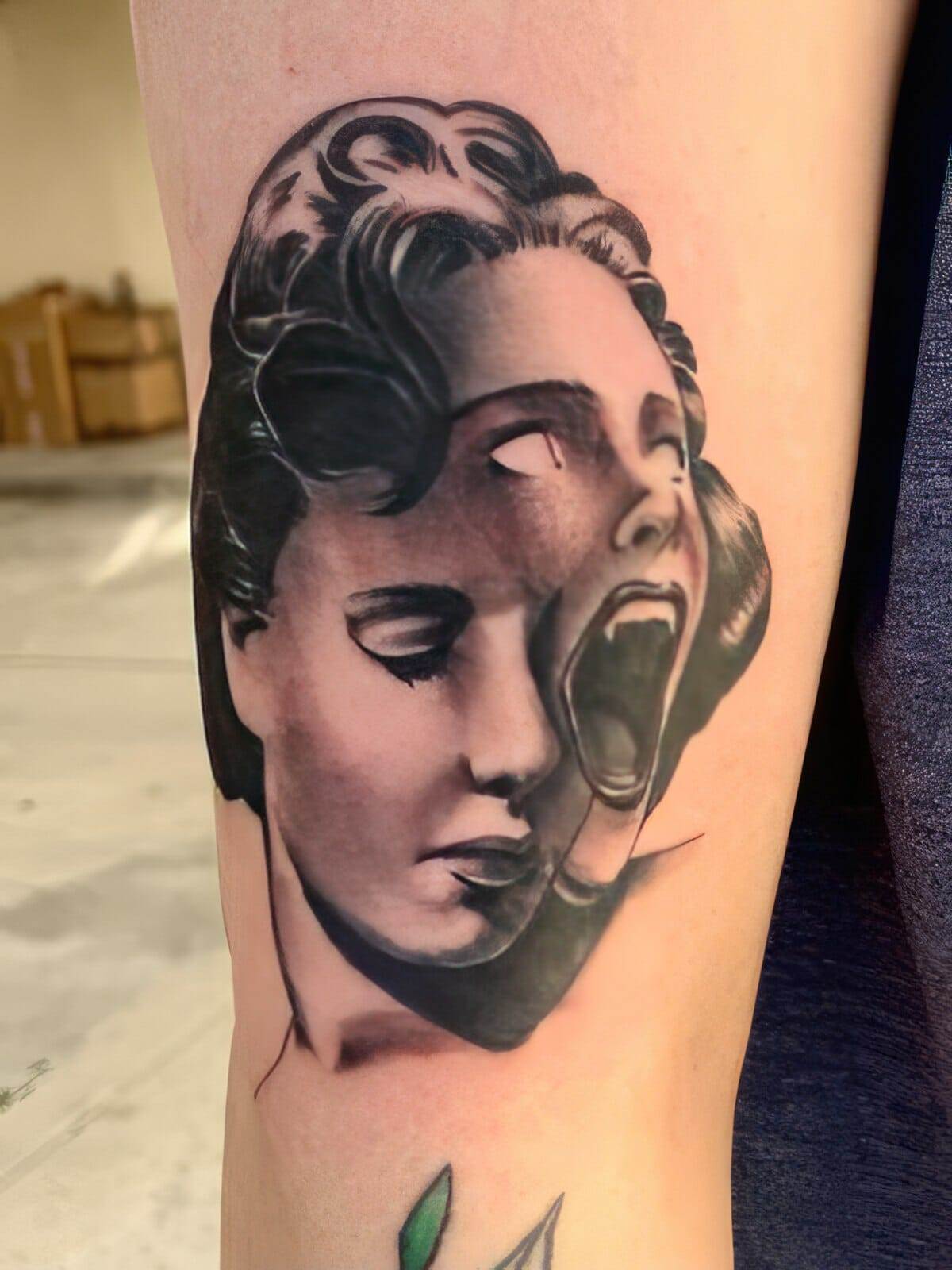
The rise of realistic portrait tattoos
In recent years, the popularity of realistic portrait tattoos has soared. People are increasingly opting for tattoos that resemble lifelike portraits of loved ones, celebrities, or even fictional characters. This type of tattoo requires immense skill and attention to detail, as it aims to capture every intricate feature and expression. With advancements in tattooing techniques and the availability of talented artists specializing in realism, achieving stunningly accurate portrait tattoos has become more feasible.
Understanding the artistry behind realistic portrait tattoos
Creating a realistic portrait tattoo involves a unique blend of artistic ability and technical precision. Tattoo artists who specialize in this style must possess a deep understanding of human anatomy, shadowing, shading, and the ability to accurately replicate facial features. They employ a variety of techniques, including detailed line work, delicate shading, and the use of highlights to create depth and realism. Additionally, they work closely with their clients to ensure that the final tattoo captures the personality and essence of the subject. The result is a timeless piece of art that evokes strong emotions and leaves a lasting impression.
With the allure of preserving cherished memories or paying homage to iconic figures, realistic portrait tattoos have become a sought-after form of self-expression. These expertly crafted tattoos showcase the talent and dedication of both the artist and the wearer, solidifying their place in the ever-evolving world of tattoo artistry.
The Consultation Process
Discussing ideas, size, and placement
During the consultation process, the client and the tattoo artist discuss the ideas for the realistic portrait tattoo. The client may have a particular person or character in mind that they want to be portrayed in the tattoo. They also discuss the size and placement of the tattoo on the body. The artist will provide guidance on what size and placement will work best to capture the details and bring the portrait to life.
Collaborating with the artist on design and details
After discussing the initial ideas, the client collaborates with the artist on the design and details of the tattoo. The artist will create a sketch or digital rendering of the proposed design, capturing the facial features, expressions, and other intricate details. The client has the opportunity to give feedback and make any necessary changes or adjustments to ensure that the final tattoo accurately represents their vision.
Throughout the consultation process, the client and the artist work together to create a customized and unique realistic portrait tattoo that will be a meaningful and personal piece of art.
Preparing for the Tattoo Session
Taking care of your skin before getting a tattoo
Before the tattoo session, it is important to take care of your skin to ensure the best possible outcome for your realistic portrait tattoo. This includes keeping the skin clean, moisturized, and free from any irritations or sunburns. It is recommended to avoid sun exposure and excessive sweating leading up to your appointment, as this can affect the quality of the tattoo. Healthy skin provides a better canvas for the tattoo artist to work with and helps the ink to heal properly.
Hygiene practices and aftercare instructions
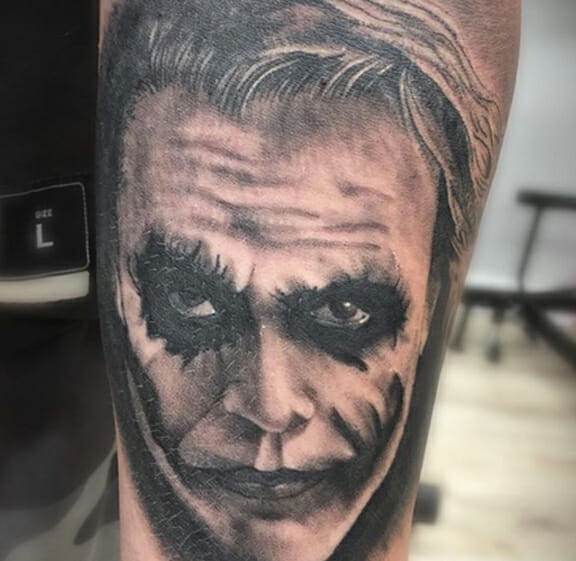
During the tattoo session, the artist follows strict hygiene practices to ensure a safe and clean environment. This includes using sterile equipment, disposable needles, and proper sanitization procedures. After the tattoo is completed, it is crucial to follow the artist’s aftercare instructions to promote proper healing and minimize the risk of infection. This typically involves keeping the tattoo clean, moisturized, and protected from direct sunlight or soaking. By following these instructions, you can help maintain the longevity and vibrancy of your realistic portrait tattoo.
Throughout the consultation process, the client and artist collaborate to create a customized and unique realistic portrait tattoo. Taking care of your skin before the session and following proper aftercare instructions are important steps in ensuring a successful and satisfying tattoo experience.
The Tattooing Process
The importance of proper equipment and techniques
During the tattooing process, it is crucial for the artist to use proper equipment and techniques to ensure a safe and high-quality result. This includes using sterile needles, ink, and other tools to minimize the risk of infection. The artist must also have a steady hand and a good understanding of shading, color blending, and proportions to create a realistic portrait tattoo. By using the right equipment and techniques, the artist can achieve precise lines, smooth gradients, and realistic textures, bringing your portrait to life on your skin.
Experienced artists and their attention to detail
Experienced tattoo artists play a vital role in creating realistic portrait tattoos. They have the knowledge, skills, and artistic eye necessary to capture the likeness, expression, and finer details of a person’s face. These artists pay close attention to the customers’ desires and put in the effort to accurately replicate the image they have in mind. Their ability to recreate the nuances of facial features, such as wrinkles, hair, and shadows, is what sets them apart and allows them to deliver truly exceptional results. Trusting an experienced artist will ensure that your realistic portrait tattoo exceeds your expectations.
Throughout the tattooing process, it is important to have a skilled artist who utilizes proper equipment and techniques while paying attention to detail. This combination guarantees a realistic portrait tattoo that accurately captures the essence of the subject.
Capturing Likeness and Details
Shading, highlighting, and capturing facial expressions
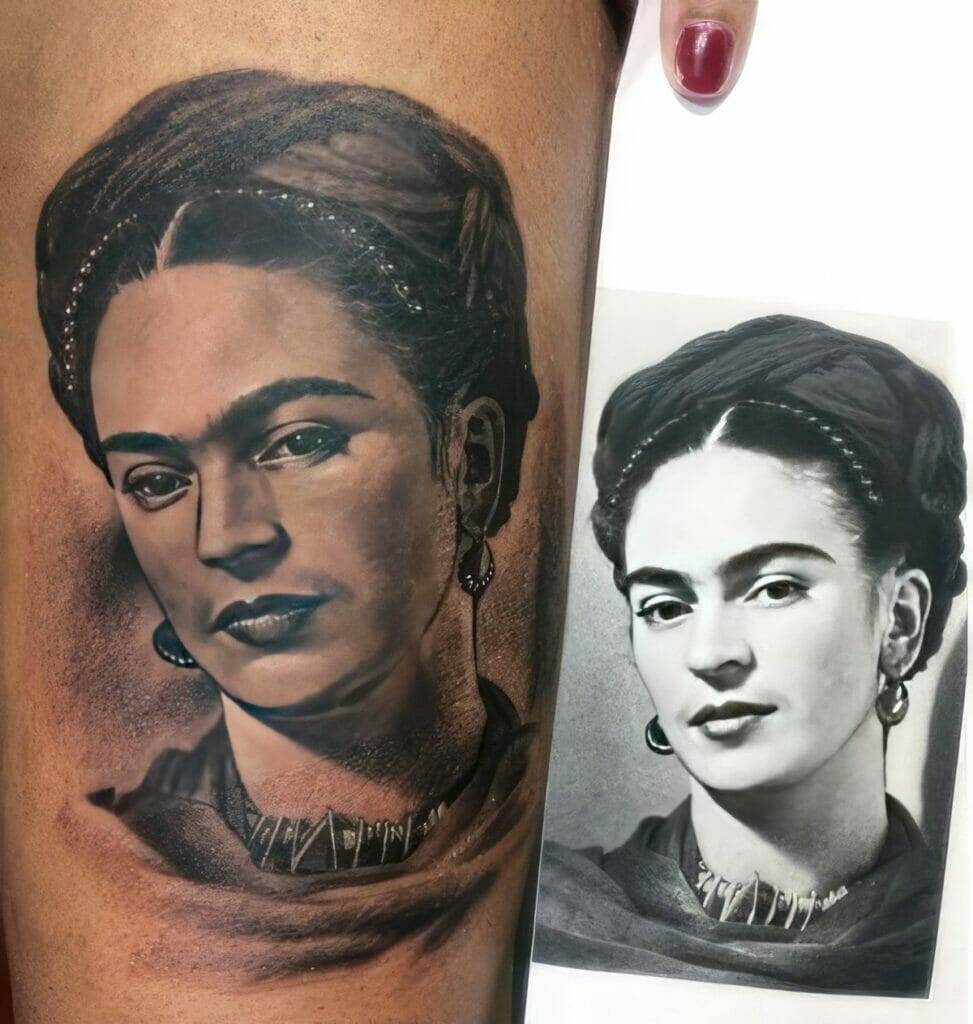
During the tattooing process, it is essential for the artist to employ proper equipment and techniques to ensure a safe and high-quality outcome. This involves using sterile needles, ink, and other tools to minimize the risk of infection. By employing the correct equipment and techniques, the artist can achieve precise lines, smooth gradients, and realistic textures, bringing your portrait to life on your skin.
Experienced tattoo artists play a crucial role in creating realistic portrait tattoos. They possess the knowledge, skills, and artistic eye necessary to capture the likeness, expression, and finer details of a person’s face. These artists pay meticulous attention to the customers’ desires and accurately replicate the image they have in mind. Their ability to recreate the nuances of facial features, such as wrinkles, hair, and shadows, sets them apart and allows them to deliver exceptional results.
Having a skilled artist who utilizes proper equipment, techniques, and attention to detail throughout the tattooing process guarantees a realistic portrait tattoo that accurately captures the essence of the subject.
Dealing with Challenges and Adjustments
Adapting the design to fit the skin’s texture and shape
The tattooing process can present various challenges, especially when it comes to portrait tattoos. An experienced artist knows how to overcome these challenges to ensure the best result. One of the challenges is adapting the design to fit the texture and shape of the skin. Each person’s skin has unique characteristics, such as wrinkles, scars, and uneven surfaces. The artist skillfully adjusts the design to accommodate these features, ensuring that the portrait looks natural and seamless on the skin.
Another aspect that might require adjustments is the size and placement of the tattoo. The artist considers factors like the subject’s facial structure and body proportions to determine the ideal size and location for the tattoo. This ensures that the portrait is proportionate and visually pleasing.
Dealing with challenges and making necessary adjustments requires expertise and a keen eye for detail. A skilled tattoo artist knows how to navigate these obstacles and create a portrait tattoo that is a true work of art.
Showcasing Your Realistic Portrait Tattoo
Proper aftercare to maintain the tattoo’s quality over time
Ensuring the longevity and quality of a realistic portrait tattoo requires proper aftercare. Here are a few essential tips to help maintain the tattoo’s appearance:
- Keep the tattoo clean: Gently wash the tattooed area with mild soap and water, ensuring that all residue and excess ink are removed. Avoid scrubbing the tattoo, as it can cause irritation and damage the skin.
- Moisturize regularly: Apply a thin layer of fragrance-free moisturizer to keep the skin hydrated and prevent it from becoming dry and flaky. This helps the tattoo retain its vibrant colors and prevents fading.
- Protect from the sun: Excessive exposure to the sun can cause the tattoo to fade and age prematurely. Use a broad-spectrum sunscreen with a high SPF, and apply it generously to the tattooed area whenever you are exposed to sunlight.
- Avoid excessive sweating: Perspiration can irritate the tattoo and contribute to fading. Avoid activities that cause excessive sweating, especially during the initial healing process.
- Attend touch-up sessions: Realistic portrait tattoos may require touch-up sessions over time to maintain their original appearance. Consult with your tattoo artist for any necessary touch-ups or modifications.
Following these guidelines will help ensure that your realistic portrait tattoo remains a stunning work of art for years to come.

